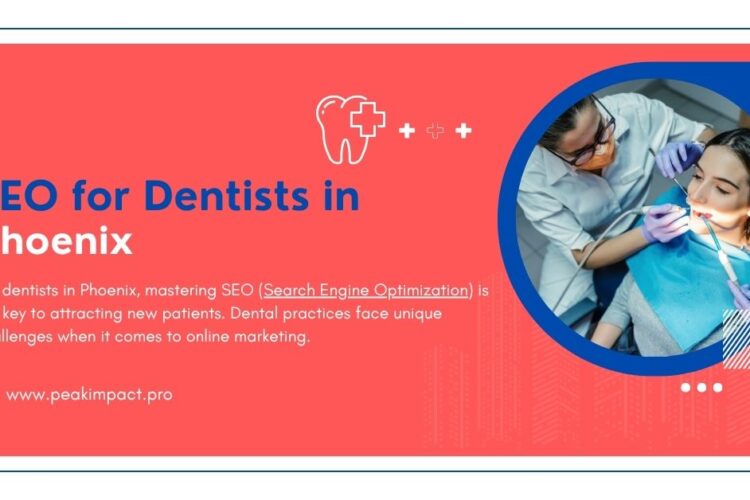
Building a successful B2B SEO strategy is crucial for companies wanting to generate quality leads and grow their client base. Unlike B2C SEO, B2B focuses on attracting decision-makers who make buying decisions for their businesses. This guide explains key strategies for implementing effective SEO in the B2B space.
What is B2B SEO?
Optimizing your website to attract other businesses as customers is called B2B SEO. It focuses on driving relevant traffic, generating leads, and building authority within your industry. B2B SEO boosts your brand visibility by providing services to other businesses.
Example of B2B SEO
You’re website is ranking on Google for the keywords “Best Electric Tool provider in London”, “Electric Pipe Wholesaler”, etc. Here, your business provides electric items for local businesses that offer electrical services in London.
Quick View
Importance of a B2B SEO Strategy
A solid SEO strategy for B2B ensures your website ranks higher on Google search engines for terms that potential clients use. Ranking #1 position means being visible when businesses search for solutions that your company offers.
97% of people are searching there problems on Google and other search engines, if your business doesn’t rank #1 page, then you’re business is just nothing more than a website.
According to our research, those businesses that use professional SEO experts get more business rather others. Every B2B business needs organic SEO with a proper SEO strategy that aligns with your business goals and customers needs.
Key Elements of a Successful B2B SEO Strategy
1. Define Your Target Audience
Understanding your target audience is an important part of an SEO strategy. Identify what people are searching for, their problems, and how your business can help to solve them. Create buyer personas to understand your targeted audience’s needs.
2. Conduct Keyword Research
Make sure your keyword research aligns with what potential customers use in searches. Use tools like SEMrush, Google keyword planner, Moz, and Ahrefs to find long-tail keywords with high relevance but lower competition.
Example:
If you offer B2B SaaS, target keywords like “B2B SaaS solutions” or “best B2B SaaS software.”
3. Create Relevant Content
Develop a B2B SEO content strategy that targets each stage of the buyer’s journey. Create content like blog posts, Social Media videos, whitepapers, and case studies that provide value and trust to your potential customers.
- Blog Posts: Discuss industry challenges and solutions.
- Case Studies: Showcase how your services solved a real problem for a client.
- Whitepapers: Provide in-depth information on industry topics.
4. On-Page SEO Optimization
Optimize all on-page SEO elements:
- Meta Titles and Descriptions: Include relevant keywords.
- Quality of Content: Create high-quality content for the targeted audience.
- Headers: Use H1, H2, and H3 tags.
- Internal Linking: Link to other pages within your site.
- Image Optimization: Image optimization with proper alt tags nd image name.
5. Technical SEO for B2B Websites
Make sure that your site is crawlable and fast. Pay attention to:
- Page Speed: Use tools like GTmetrix to measure and improve load time.
- Mobile Optimization: Make sure your site is mobile-friendly, as more B2B clients are researching on mobile devices.
6. Off-Site SEO Strategy
Off-Page SEO strategy involves building quality backlinks to improve domain authority.
- Guest Posting: Write articles on industry-related websites.
- Social Sharing: Share content on LinkedIn and other social platforms.
- Partnerships: Collaborate with complementary businesses to exchange backlinks.
7. Focus on B2B Lead Generation
B2B SEO should target lead generation by guiding visitors to convert. Use lead magnets like free trials, guides, and gated content to gather client information.
Example:
Offer a free whitepaper download in exchange for contact information, which can then be used to nurture leads.
8. Use Local SEO for B2B
If you target local businesses, B2B local SEO is crucial. Include location-based keywords and list your business in directories like Google My Business.
B2B SEO Strategies for E-commerce
1. Optimize Product Pages
For B2B e-commerce SEO, focus on optimizing product pages. Include:
- Detailed Product Descriptions: Use keywords naturally.
- Reviews and Testimonials: Boost credibility with positive reviews.
2. Build Industry-Relevant Backlinks
Reach out to industry blogs for backlinks to your product pages. This boosts credibility and rankings.
B2B SEO for Small Businesses
B2B small business SEO strategies are focused on creating visibility despite limited resources. Use these tactics:
1. Niche Keyword Targeting
Target niche, low-competition keywords to capture relevant traffic.
2. Focus on Content Quality
Write in-depth content that positions you as an expert in your niche, which helps build trust with other businesses.
B2B vs. B2C SEO Strategy
While B2C SEO targets consumers, B2B SEO focuses on building relationships with businesses.
Differences:
- Content Type: B2B content is more educational.
- Sales Cycle: B2B SEO aims for a longer sales cycle, building authority and trust.
- Keywords: B2B focuses on industry-specific terms.
SEO Performance Measurement for B2B Businesses
Use Analytics (GA4)
Tools like Google Analytics help track how well your SEO strategy is performing. Monitor metrics like bounce rate, time on site, and conversion rates.
Align SEO with Sales Goals
Align your SEO strategy with sales objectives. Create content that addresses common sales objections and pain points.
Leverage SEO Tools
Use SEO tools like Moz, SEMrush, and Ahrefs to conduct audits, track rankings, and identify opportunities.
Summary
Creating a successful B2B SEO strategy involves understanding your audience, keyword research, and high-quality content creation. Align your SEO strategy with business goals and focus on lead generation tactics to attract and convert potential clients.
Whether you’re a small business or a large corporation, these strategies will help you boost your online visibility and drive growth.
FAQs
Why is SEO important for B2B?
SEO improves your site’s visibility, attracting potential business clients and generating leads.
What are the key elements of a B2B SEO strategy?
They include keyword research, content creation, on-page optimization, technical SEO, and link building.
How do B2B SEO strategies differ from B2C?
B2B SEO targets businesses with educational content and has a longer sales cycle, while B2C SEO is more consumer-focused.
What are effective B2B lead generation tactics?
Use lead magnets like whitepapers, SEO free trials, and gated content to gather leads and convert them.
How do I use local SEO for B2B?
Use location-based keywords, and list your business in local directories to attract nearby clients.




